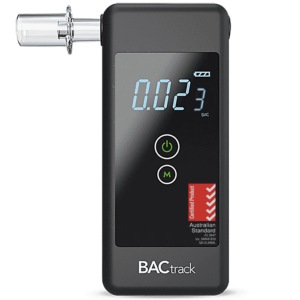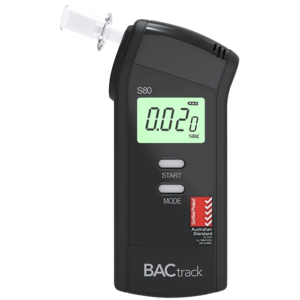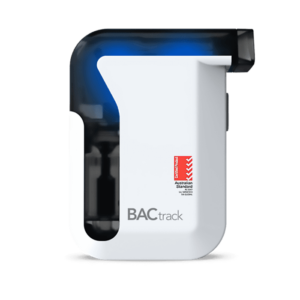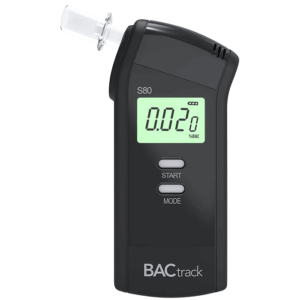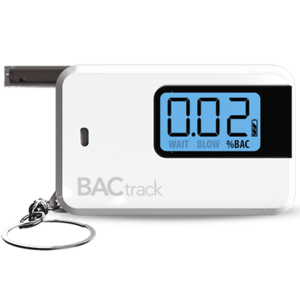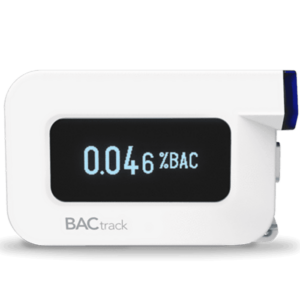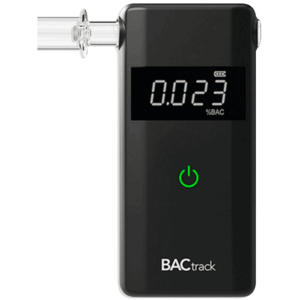Drug and Alcohol Screening Test: What Is Detected?
02 January, 2024

Maintaining a safe workplace is crucial for the success of any organisation. One integral aspect of workplace safety is ensuring that employees are not impaired by illicit drugs or alcohol. Hence, implementing a thorough drug and alcohol screening test is crucial. To execute the testing, employers need to identify relevant positions to assess. Then, the employer must develop a written policy. This may include testing methods, consequences for breaches, and support programs.
Substance abuse not only poses a risk to individuals but also to their colleagues and the overall productivity of the organisation. As a result, many companies are realising the importance of conducting comprehensive workplace drug and alcohol testing. However, implementing these tests can be a complex process, requiring proper planning and consideration of legal and ethical factors. This article will present the illegal drugs and alcohol assessment in workplaces, including how to implement it and the types of tests.
An Overview of Drug and Alcohol Screening Test in Workplaces
The drug and alcohol screening test is a comprehensive assessment to detect the presence of recreational drugs or ethanol. The main purpose of the test is to identify whether an employee has recently used illicit substances. This is to assess whether they may be under the influence of drugs or alcohol while performing their duties and make prompt decisions.
Furthermore, the test is typically done through different methods. This includes urine tests, saliva tests, blood tests, hair tests, and alcohol breath tests. Each method has its own advantages and limitations, and the selection depends on specific requirements. Additionally, it can detect a wide range of substances like cocaine, marijuana, amphetamine-type substances, opioids, and ethanol.
After the specimen collection, the samples are sent to an accredited laboratory for analysis. The laboratory conducts techniques to identify substances in the samples. In conducting these tests, employers must ensure compliance with relevant federal, state, and local laws and industry standards. Also, they must uphold standards of confidentiality and privacy.
Benefits of Testing Employees
- Safety of employees: one of the primary benefits of the testing is the promotion of a safe work environment. Substance abuse can impair judgment, coordination, and response times, increasing the risk of accidents.
- Productivity: implementing the testing can help identify workers who may be struggling with substance issues. This helps employers to intervene and provide support to improve productivity.
- Legal compliance: in many industries, employers are required to adhere to specific regulations. By implementing these tests, employers can ensure compliance with laws and regulations.
- Health and well-being: identifying workers who are struggling with substance abuse can offer an opportunity for early intervention and support.

How to Implement Drug and Alcohol Screening Test
Implementing a drug and alcohol screening test in the workplace involves several key steps. The first step is to develop a clear and comprehensive policy. This may outline the purpose of the testing, the procedures, employee expectations, and the consequences of non-compliance. Nevertheless, this policy should be communicated to all employees and be readily available for reference.
Employers must ensure that their test program complies with the relevant laws and industry-specific regulations. This may involve consulting legal counsel to review the program. Prior to implementing the testing, employers should provide thorough education to employees. Clear communication is essential to ensure that workers understand the reasons for the test and the implications of breaches.
Accordingly, employers must determine the most appropriate testing methods for their specific workplace and industry. Once the testing method is selected, employers should establish clear procedures. Also, employers must establish strict confidentiality measures to protect the privacy of employees. The policy should also outline the consequences of breaches, such as suspension or termination.
Workplace Policy or Program
Many companies conduct the testing as a part of the pre-employment process. This helps ensure that the prospective employees are free from substance abuse before joining the organisation. Meanwhile, random testing involves selecting employees for testing without advance notice or a predetermined schedule.
In addition, reasonable suspicion testing occurs when an employer has a reasonable belief that a worker is under the influence of alcohol or drugs. Moreover, after an on-the-job accident or incident, employers may conduct the testing as part of their investigation to determine whether substance use may have contributed to the event.

Types of Drug and Alcohol Screening Test
In workplaces, drug and alcohol screening test involves a variety of methods to detect the presence of substances. Urine testing is one of the most common methods. It is non-invasive and cost-effective and can detect a wide range of substances and their metabolites. Meanwhile, saliva testing involves collecting an oral fluid. This method is useful for detecting recent substance use.
Blood testing is a highly accurate method for identifying the presence of drugs or ethanol. This method can provide precise information about the concentration of substances. On the other hand, hair testing involves analysing hair follicles. It is non-invasive and useful for identifying patterns of chronic substance use. This type of test has the longest detection window of about 90 days.
Breath alcohol testing is primarily used to detect alcohol consumption. It involves measuring the concentration of alcohol in the breath of a person. Breath testing provides immediate results and has a simple collection process. Nevertheless, when organisations consider implementing the tests, it is crucial to understand the characteristics and purposes of each testing method.
What Is the Most Reliable Method?
Each method has its own advantages and limitations, and the most reliable method often depends on the specific requirements of the workplace. Urine testing is beneficial for detecting a wide range of substances. Meanwhile, saliva testing is valuable for monitoring recent consumption.
Hair testing provides a reliable approach to identifying substance use over an extended period of time. It has the longest detection window compared to the other types of testing. Breath tests can provide accurate results for on-the-spot testing. Lastly, blood testing is regarded as the most reliable assessment as it detects substance use directly from the bloodstream.
Conclusion
Overall, implementing drug and alcohol screening test in the workplace is crucial for maintaining a safe and productive work environment. These tests help identify workers who may be under the influence of drugs or alcohol. Thereby, it reduces the risk of accidents and ensures the overall well-being of employees. Accordingly, this promotes safety, productivity, health, and legal compliance. Employers may conduct the test as part of pre-employment, random, reasonable suspicion, and post-accident.
Additionally, implementing the policy in the workplace requires several key steps. This includes developing a comprehensive procedure, complying with relevant laws, educating employees, determining appropriate testing methods, and creating confidentiality measures. Moreover, there are numerous types of testing available. This may involve urine testing, saliva testing, blood testing, hair testing, and alcohol breath testing. Nevertheless, these methods have their own advantages and limitations, thus, employers must select the most appropriate ones.

















